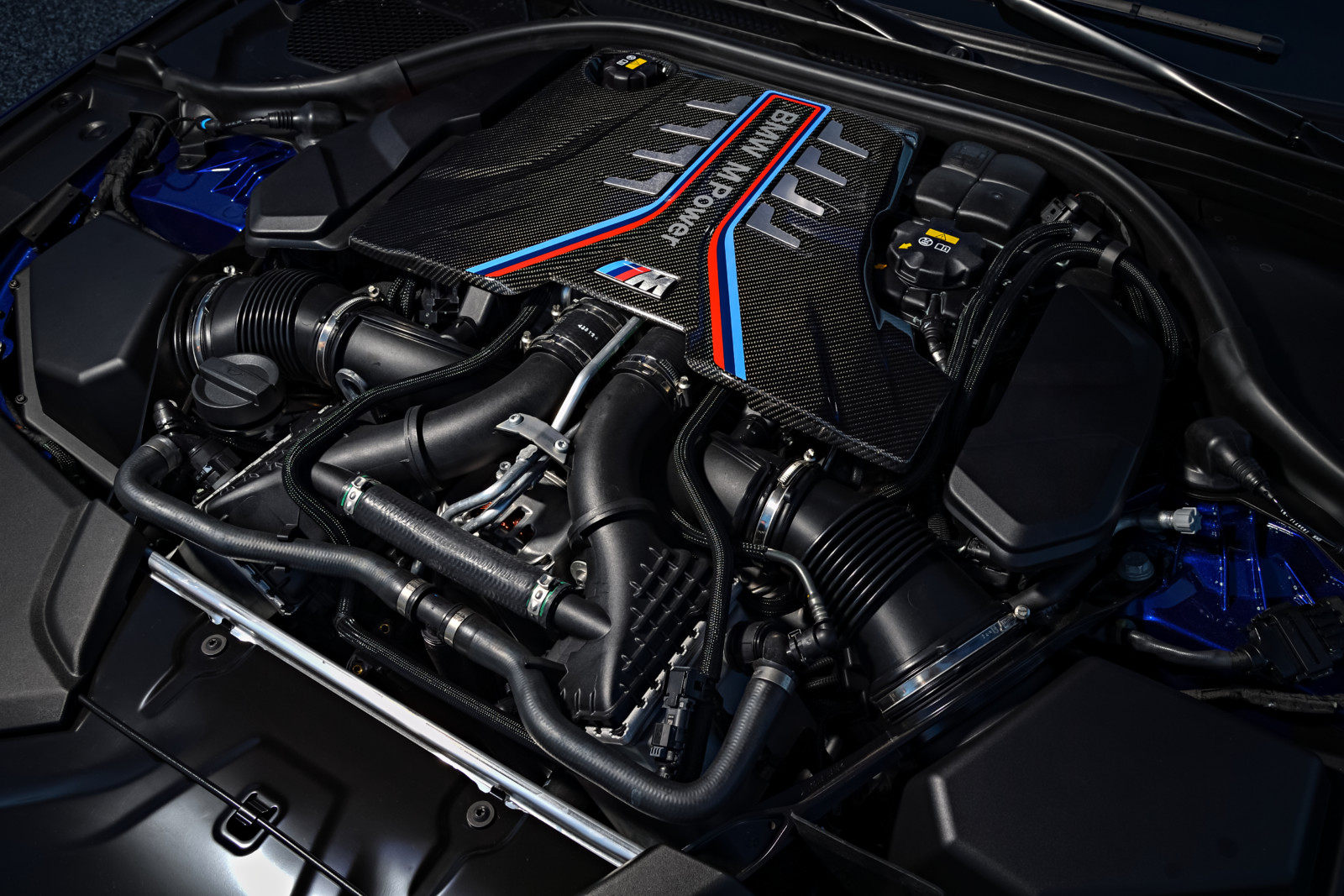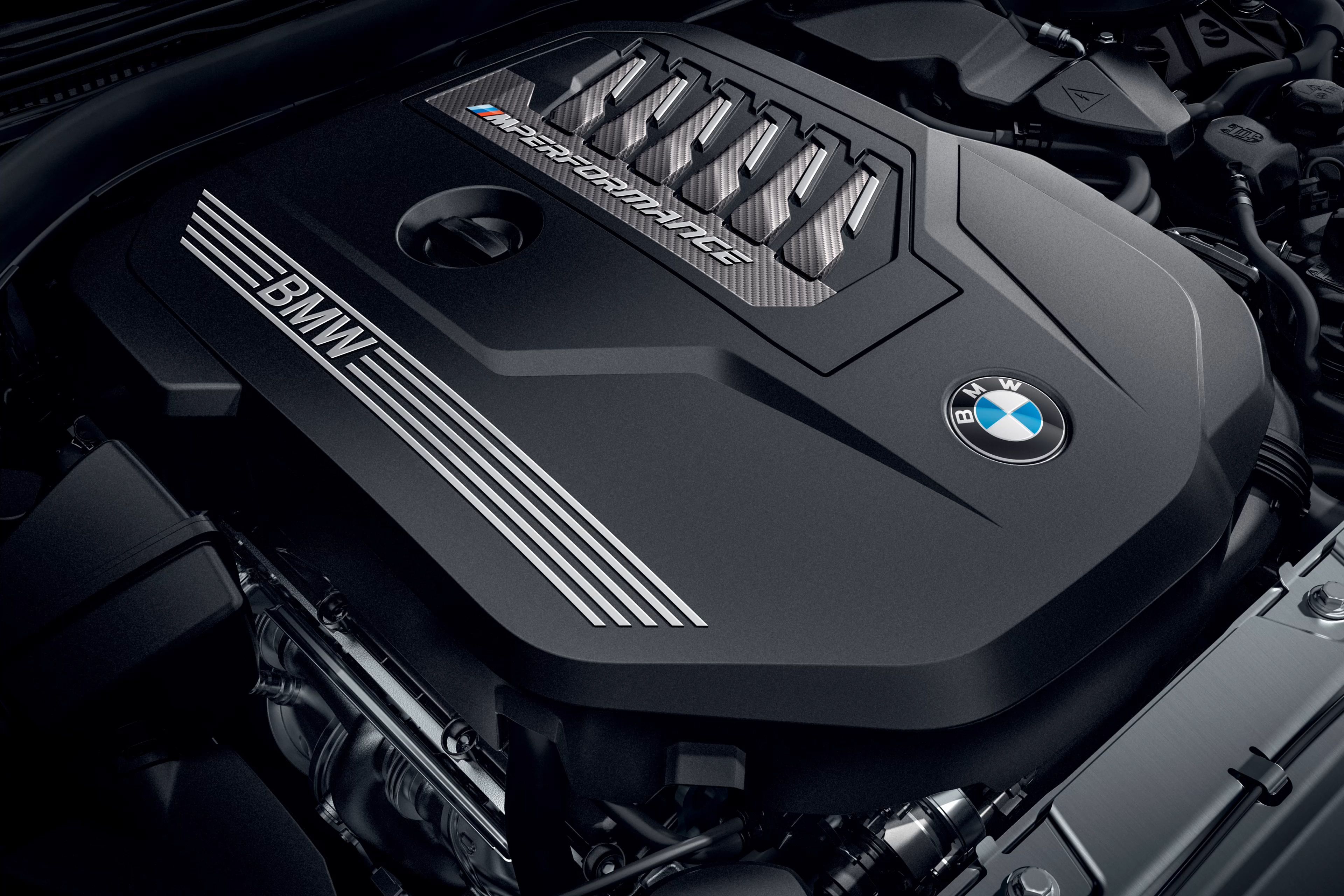The Duty of BMW Engine Layout in Achieving Exceptional Fuel Efficiency
The Duty of BMW Engine Layout in Achieving Exceptional Fuel Efficiency
Blog Article
Checking Out the Development of Combustion Engines in Modern Transport Solutions
As we browse the landscape of modern-day transport, the advancement of burning engines stands as a testament to human ingenuity and engineering prowess. From their modest beginnings to the innovative powerhouses moving cars today, combustion engines have undergone an amazing journey of technology and adjustment. Understanding the details of this advancement not just clarifies the past however likewise leads the way for envisioning what exists in advance in the world of transportation technology. The interaction of background, innovation, and environmental concerns fit the trajectory of burning engines produces a narrative that is both informative and compelling.
Very Early Beginnings of Combustion Engines
Exactly how did the concept of combustion engines very first emerge in the very early stages of transportation growth? The roots of combustion engines can be mapped back to the 17th century when the principles of interior burning were very first discovered.
The advancement minute came with the creation of the initial successful gasoline-powered engine by Karl Benz in 1885 - bmw engine. This engine paved the means for the growth of the modern car, changing transportation systems worldwide. Subsequent advancements by Nikolaus Otto and Gottlieb Daimler better refined combustion engine technology, causing the automation of autos and the fast expansion of the transport sector
These very early burning engines were identified by their simpleness and effectiveness, laying the structure for the facility and effective engines made use of in modern-day transport systems. The advancement of burning engines has actually contributed in forming the method we travel and transfer goods, marking a significant milestone in the background of transport advancement.
Shift to Internal Combustion Modern Technology
The transition to inner burning innovation marked a pivotal change in the advancement of transportation systems. This shift started in the late 19th century, with innovators like Nikolaus Otto and Gottlieb Daimler establishing the first effective interior combustion engines. These engines revolutionized transport by using a more efficient and effective choice to heavy steam engines and electric motors.
Among the crucial advantages of inner combustion engines was their capacity to be reduced to match lorries, causing the advancement of automobiles and bikes. This change from bulky, fixed engines to portable, mobile ones led the way for the modern-day transportation systems we see today.
The change to inner combustion technology additionally spurred advancements in gas technology, causing the development of gas and diesel as key gas sources for lorries. This shift not just made transportation much more available to the masses yet also laid the foundation for the oil and gas sector to become integral to international economies.
Effect of Combustion Engines on Transportation
The adoption of burning engines in transportation systems catalyzed a profound change in the efficiency and speed of worldwide mobility. Burning engines transformed transport by giving a dependable and functional resource of power for numerous cars, consisting of cars, ships, vehicles, and aircrafts. This technology significantly enhanced the capacity for products and people to conform long distances in shorter timespan, resulting in boosted connection between regions and nations.
Additionally, the extensive use combustion engines has had a substantial influence on financial growth. The capacity to move items successfully has actually stimulated trade and commerce, allowing businesses to expand their markets and get to customers worldwide. This has actually assisted in economic growth and globalization, as items can currently be delivered quicker and in larger quantities than ever before.
However, the ecological effect of combustion engines can not be overlooked. The burning of nonrenewable fuel sources has brought about air pollution and greenhouse gas exhausts, adding to environment adjustment and presenting health and wellness risks to populaces. bmw engine. Consequently, there is a growing focus on establishing alternative propulsion technologies to minimize these adverse impacts and create an extra sustainable future for transport
Advancements in Combustion Engine Layout
One noteworthy innovation is the growth of turbocharged engines, which utilize exhaust gases to drive a turbine that presses inbound air, allowing for even more gas to be burnt, resulting in increased power outcome without a substantial rise in engine size. Variable shutoff timing systems have actually likewise changed engine style by maximizing air movement see this site at different engine speeds, enhancing both power and effectiveness. These innovations jointly add to the continual improvement of combustion engines in contemporary transport systems.
Future Patterns in Combustion Engine Growth
With technology innovations driving constant advancement, the future of burning engine development is positioned to reinvent transportation systems globally. One of the crucial patterns in burning engine development is the push towards higher efficiency and decreased exhausts. Manufacturers are spending greatly in research and development to enhance engine performance while satisfying stringent environmental policies. This consists of the combination of innovative fuel shot systems, improved turbocharging techniques, and making use of lightweight materials to optimize fuel intake and decrease carbon exhausts.
An additional popular pattern is the fostering of crossbreed modern technologies in burning engines. Hybrid engines combine standard combustion technology with electric power, using boosted gas effectiveness and lower exhausts. As the vehicle industry changes in navigate to this site the direction of electrification, crossbreed burning engines are viewed as a transitional solution that connects the space in between standard lorries and totally electric ones.
Additionally, the assimilation of smart technologies, such as fabricated intelligence and information analytics, is anticipated to play a substantial role in the future of combustion engine growth. These technologies can optimize engine performance in real-time, bring about a lot more effective burning procedures and boosted overall lorry performance. Embracing these future trends will not only drive innovation in combustion engine growth but also add to a much more sustainable and eco-friendly transportation environment.

Conclusion
Finally, the development of burning engines in modern transport systems has actually been noted by significant developments in innovation and style. From the early beginnings of combustion engines to the shift to internal burning innovation, these engines have actually had a profound effect on transportation. Advancements in combustion engine style remain to drive progress in this field, with future fads concentrating on more improving effectiveness and decreasing emissions. The future of burning engines web in transportation looks promising as research and development initiatives remain to press borders.
The roots of burning engines can be traced back to the 17th century when the concepts of internal burning were initial explored. These engines reinvented transportation by providing an extra efficient and powerful option to heavy steam engines and electrical motors.

Report this page